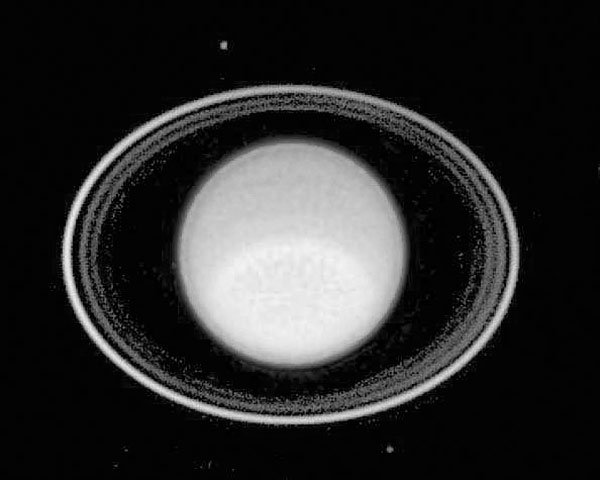March 14: Full Moon
The Moon is full at 3:35pm PST. It’s known as the Crow Moon,
Lenten Moon, or Sap Moon. A slight lunar eclipse takes place, but
it’s visible mainly from Europe and Africa. From the United States,
we’ll see a bright, beautiful Moon unaffected by Earth’s
shadow.
By the University of Texas McDonald Observatory
March 14: Full Moon
The Moon is full at 3:35pm PST. It’s known as the Crow Moon, Lenten Moon, or Sap Moon. A slight lunar eclipse takes place, but it’s visible mainly from Europe and Africa. From the United States, we’ll see a bright, beautiful Moon unaffected by Earth’s shadow.
March 15: Leo on High
Leo, the lion, stands proudly atop the firmament around midnight tonight. Its brightest star is Regulus, which marks the lion’s heart. A pattern of fairly bright stars in the shape of a backward question mark outlines Leo’s head and mane.
March 16: Moon and Spica
The Moon passes one of the sky’s most important landmarks tonight: Spica, the brightest star of the constellation Virgo. Its appearance in the evening means that winter is on the way out in the northern hemisphere and spring is on the way in.
March 17: Moon and Spica II
The Moon follows a bright star across the sky tonight: Spica, in the constellation Virgo. They rise in late evening and cruise across the south after midnight.
March 18: Moon and Jupiter
The planet Jupiter lines up with the Moon tonight. The planet is to the left of the Moon as they rise around 10 or 11pm It looks like a brilliant star, although it outshines all the true stars in the night sky.
March 19: Planets on High
Mars and Saturn stand on high this evening. Mars is high in the west at nightfall and looks like an orange star. It’s close to the star Aldebaran, which is the same color and brightness. Saturn is high in the east or southeast and looks like a bright golden star.
March 20: Vernal Equinox
Today is the vernal equinox in the northern hemisphere, when the Sun crosses the equator on its way north, marking the start of spring. The Sun rises due east and sets due west, so it provides a true pointer to these two cardinal directions.














